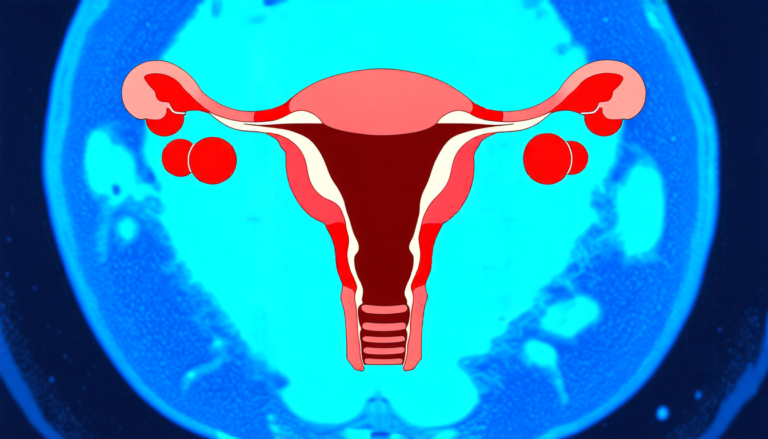Thursday 05 June 2025
New research has taken a significant step forward in voice conversion technology, allowing for more natural and convincing speech synthesis. By applying optimal transport mapping, scientists have developed an innovative approach that can transform audio recordings of one speaker into those of another, while preserving the original linguistic content.
The study’s authors used a vector-based interface to extract audio embeddings from the source and target speakers. These embeddings were then matched using discrete optimal transport mapping, which computes the minimum-cost joint distribution between the two sets of vectors. This process allows for the creation of a new set of embeddings that reflect the target speaker’s voice.
The team tested their approach on several datasets, including LibriSpeech and ASVspoof 2019. The results showed significant improvements in both speech recognition accuracy and naturalness ratings. In particular, the optimal transport method outperformed traditional nearest-neighbors-based approaches in many cases.
One of the key benefits of this technology is its ability to adapt to different speaker durations. Previous research has shown that longer target utterances can lead to more natural-sounding conversions. The new approach takes into account the duration of both the source and target speakers, allowing for more accurate and convincing results.
The authors also explored the potential applications of their method in anti-spoofing systems. By converting fake audio recordings into those of a legitimate speaker, they demonstrated a significant reduction in spoof detection rates. This has important implications for security and authentication systems, where the ability to distinguish between genuine and synthetic speech is crucial.
Overall, this research represents an exciting advancement in voice conversion technology. The use of optimal transport mapping offers a powerful new tool for creating more realistic and convincing speech synthesis. As the field continues to evolve, we can expect to see even more innovative applications of this technology in areas such as education, entertainment, and healthcare.
The study’s findings have also sparked further research into the potential benefits of optimal transport mapping in other areas of artificial intelligence. As researchers continue to explore its possibilities, we may see significant breakthroughs in areas such as image synthesis, natural language processing, and more.
In a world where technology is increasingly integrated into our daily lives, the development of more advanced voice conversion capabilities has far-reaching implications. By enabling more natural and convincing speech synthesis, scientists are taking us one step closer to a future where machines can seamlessly interact with humans.
Cite this article: “Revolutionizing Voice Conversion: Optimal Transport Mapping for More Natural Speech Synthesis”, The Science Archive, 2025.
Voice Conversion, Speech Synthesis, Optimal Transport Mapping, Audio Recordings, Speaker Recognition, Natural Language Processing, Machine Learning, Artificial Intelligence, Speech Recognition Accuracy, Anti-Spoofing Systems.
Reference: Anton Selitskiy, Maitreya Kocharekar, “Discrete Optimal Transport and Voice Conversion” (2025).







